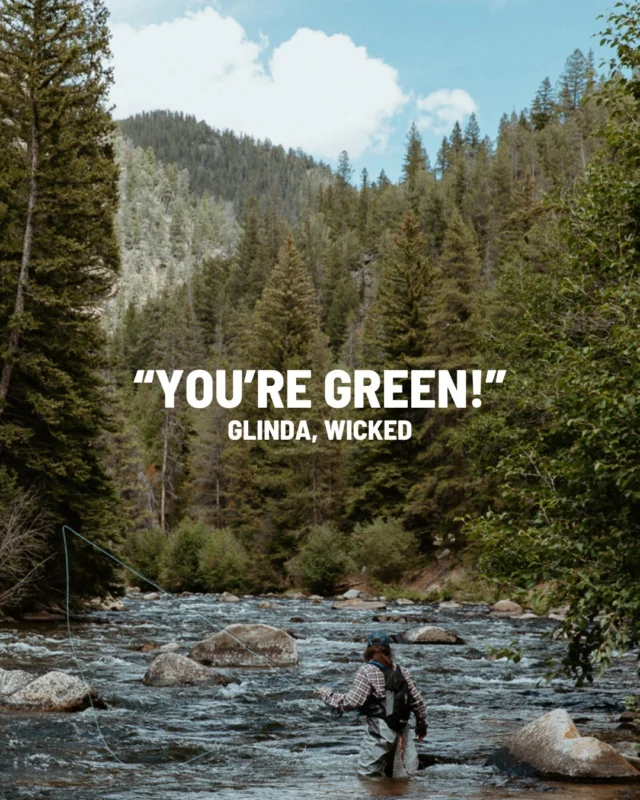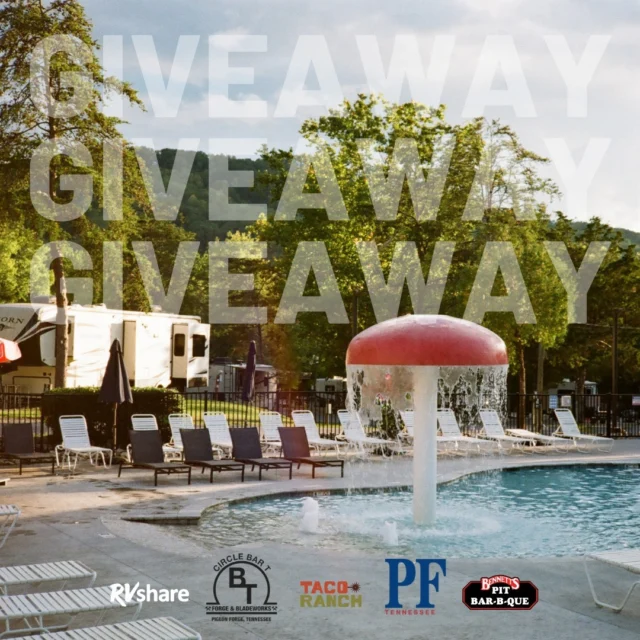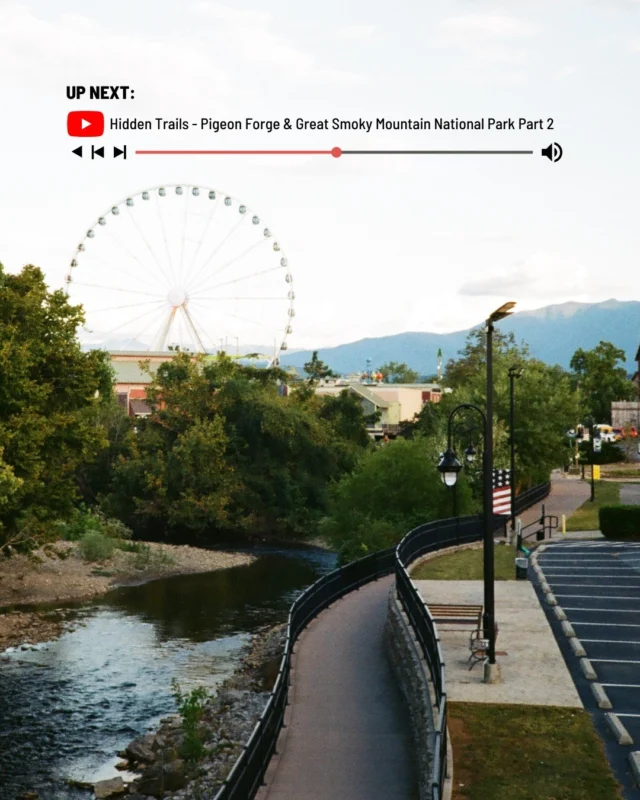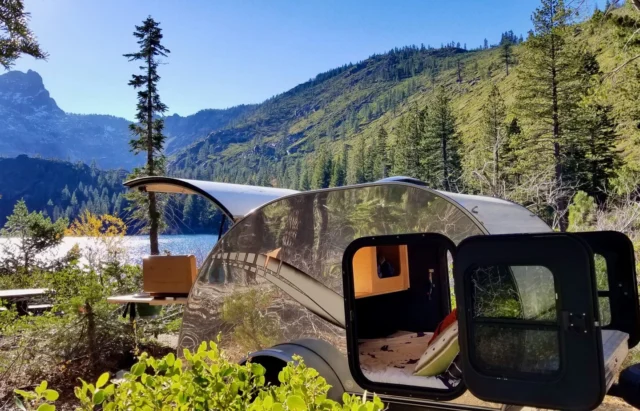
Have you ever thought about whether your city is outdoor-friendly or not? Or complained to your friends that you wish there was more to do outside? If you live in one of the places on this list, maybe you have! The good news is, even when cities are seemingly not the most outdoors-inclined, there are always some hidden gems just waiting to be found. Using both objective and subjective measures, we worked with Cairn Consulting Group to determine the least outdoor-friendly cities in the U.S. Our set methodology weighed features such as the number of visits to public parks and land, nights spent camping/RVing/glamping, membership to outdoor groups and much more. Find out how your city ranked!
The least outdoor-friendly cities were:
- Houston
- Rochester
- Hartford
- Tulsa
- Milwaukee
- Oklahoma City
- Detroit
- Buffalo
- Raleigh
- Fresno
Houston, TX
Houston’s ranking of being the least outdoors-friendly is heavily impacted by residents’ low levels of participation in outdoor recreation overall and little variety of outdoor recreation activities, including having the equipment for participating in outdoor rec. Houston also scores lowest for proximity to Federal lands used for recreation and is near the bottom in out-of-region visits for outdoor recreation.
On the bright side . . .
Houston offers numerous outdoor recreation opportunities with various parks, nature centers, and trails. The city boasts over 370 parks and more than 200 green spaces, including Memorial Park and Hermann Park. Additionally, nearby national forests and coastal areas provide ample opportunities for hiking, biking, and water sports.
Rochester, NY
Rochester is ranked first in proximity to state and municipal recreation resources, second in the number of days its residents participate in outdoor recreation, yet last in camping and attracting out-of-region guests for outdoor rec.
On the bright side . . .
Rochester provides access to several parks and outdoor activities. The city’s Highland Park is known for its extensive gardens, while the nearby Finger Lakes region offers hiking, boating, and fishing. Additionally, Letchworth State Park, often called the “Grand Canyon of the East,” is within driving distance, offering scenic views and numerous trails.
Hartford, CT
Hartford tends to have lower-tier participation by its residents and suffers from a low level of endorsement as a city with good outdoor access and a destination focused on outdoor recreation.
On the bright side . . .
Hartford is close to many state parks and natural areas. Elizabeth Park within the city is famous for its rose gardens, while Talcott Mountain State Park and Sleeping Giant State Park offer hiking and panoramic views. The city’s proximity to the Connecticut River also allows for various water-based activities.
Tulsa, OK
Tulsa has several lower-tier results for outdoor activity participation and suffers from a relatively negative reputation.
On the bright side . . .
Tulsa has a range of outdoor recreational options, including the extensive River Parks system along the Arkansas River, which features trails for biking and walking. Nearby Osage Hills State Park and Keystone State Park provide opportunities for hiking, fishing, and camping. The city’s Gathering Place Park is a notable urban green space with numerous amenities.
Milwaukee, WI
Milwaukee ranks lower primarily due to a lack of participation among its residents in terms of engagement in outdoor rec. However, the city has high levels of participation overall and has a relatively solid reputation as a pro-outdoors location.
On the bright side . . .
Milwaukee provides outdoor recreation through its many parks and access to Lake Michigan. The Milwaukee County Park system includes over 150 parks with trails, golf courses, and picnic areas. The city’s lakefront offers activities such as sailing, fishing, and walking or biking along the scenic paths.
Oklahoma City, OK
Oklahoma City is dragged down into the lower tier based on the proximity to federal outdoor rec resources, but also in how it is viewed as having access to outdoor rec and as an outdoors-centric city. These views appear to be contributing to a lack of out-of-region guests for outdoor recreation as well.
On the bright side . . .
Oklahoma City offers outdoor activities with several parks, such as the expansive Myriad Botanical Gardens and Lake Hefner, which provide trails, sailing, and fishing. The nearby Wichita Mountains Wildlife Refuge is a popular destination for hiking, rock climbing, and observing wildlife.
Detroit, MI
Detroit is placed near the bottom of the rankings due to its residents accessing public parks, being connected to technology for outdoor rec, and most importantly, the city’s image which is dead last for being viewed as having access to outdoor rec and viewed as an outdoor-friendly destination.
On the bright side . . .
Detroit offers a mix of urban parks and access to natural areas. Belle Isle Park on the Detroit River provides trails, a conservatory, and a zoo. Nearby state parks such as Highland Recreation Area offer hiking, biking, and winter sports. The Detroit Riverfront is also a popular spot for walking and cycling.
Buffalo, NY
Buffalo residents are above average in their visits to public parks and lands yet have lower levels of participation in other activities and importantly, being viewed as a city with good access to outdoor recreation, or simply viewed as an outdoors city.
On the bright side . . .
Buffalo provides access to numerous parks and outdoor activities. Delaware Park is part of the city’s park system designed by Frederick Law Olmsted. Additionally, Niagara Falls State Park is a short drive away, offering stunning views and hiking trails. The nearby Letchworth State Park also provides extensive outdoor opportunities.
Raleigh, NC
Raleigh doesn’t seem to excel in any single category and is dragged down by falling into the lower tier across several measures, including visits to public parks, the use of planning apps, having equipment for outdoor rec, and not having an outdoors-focused brand.
On the bright side . . .
Raleigh is known for its green spaces and access to outdoor activities. The city boasts numerous parks, including the extensive William B. Umstead State Park, which offers hiking, biking, and horseback riding. Additionally, the nearby Falls Lake State Recreation Area provides water-based activities such as boating and fishing.
Fresno, CA
Fresno excels at proximity to Federal recreation, visits to public parks & land, and somewhat surprisingly, the number of days residents participate in outdoor recreation. However, Fresno appears to have less access/proximity to state and municipal recreation and is nearly last in how the city is viewed for having outdoor access or as being outdoor-friendly.
On the bright side . . .
Fresno is a gateway to some of the nation’s most famous national parks. Yosemite National Park is approximately 60 miles away, offering world-renowned hiking, rock climbing, and sightseeing. Kings Canyon and Sequoia National Park are also nearby, providing further opportunities for outdoor recreation in stunning natural settings.
While these cities may have been ranked as the least outdoors-friendly, they still have plenty of dynamic and nature-filled outdoor activities to offer. From state and national parks to fishing and hiking, don’t sleep on these locales for your next RV adventure. Sometimes the diamond in the rough sparkles the brightest of all!
Learn more about how these scores were determined with our full breakdown.






